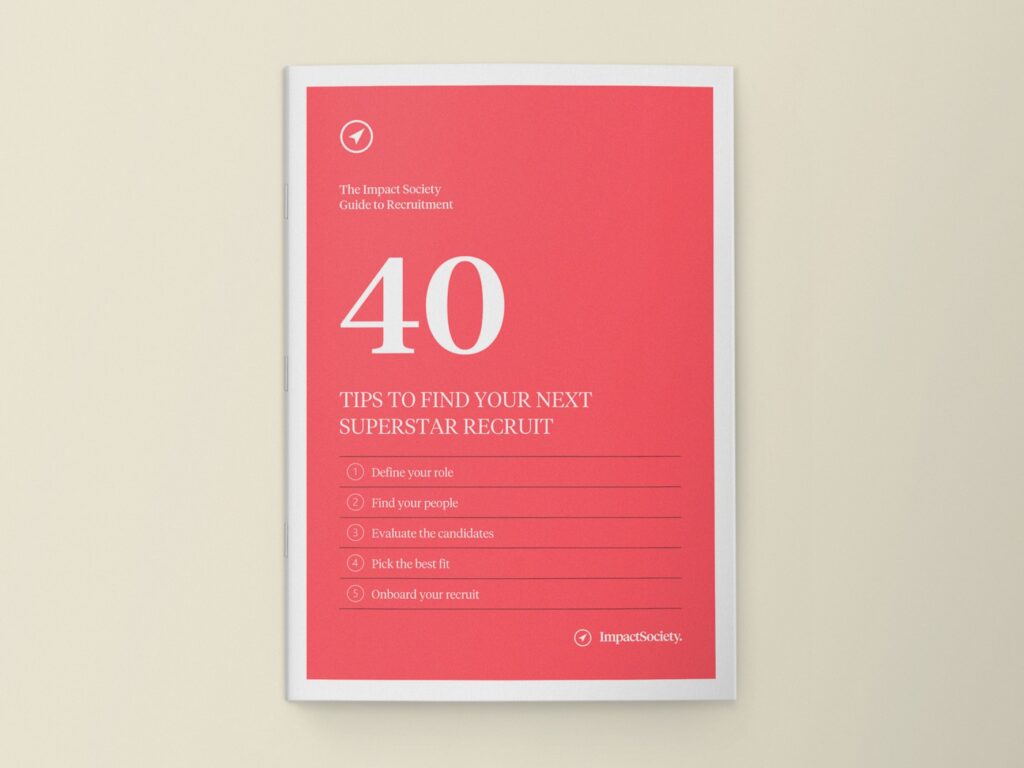Anyone who’s recruited more than a few roles and thinks they’ve nailed it every time either has low standards or is lying.
Because recruitment is risky and impossible to get right 100% of the time.
But there are things we can do to stack the odds in our favour.
I’ve been thinking about this as I reflect on the worst workplace fit I‘ve ever seen.
The fit was so bad it caused massive issues. For the recruit. Their team. HR. Their boss. And their boss’s boss.
The appointment came at great human and organisational cost.
What went wrong?
I’ve reflected a lot on this question over the years, to see what I can learn from it. The whole situation was so bad as to be somewhat mesmerising.
I find it all the more interesting, because their boss was a seasoned, thoughtful and diligent leader with a good track record of recruiting and leading good performers.
So, how did this person get hired in the first place, when there was such an obviously bad fit?
How did they continue in the role for as long as they did?
Why did they behave the way they did?
Here are some general take aways from the case:
- Recruitment involves risk: There’s always a chance that people can behave for a couple of interviews in socially acceptable ways that they can’t (or won’t) sustain once settled into a role. This is why psychometric testing and ‘cold-source referencing’ (see below) are critical.
- Probation periods are under-utilised: Cutting someone during probation is a heavy decision (especially if they’ve quit a job elsewhere to join you), but it’s critical to move swiftly when someone demonstrates intolerable behaviours, especially if first given the feedback and time to address them.
- References provided by candidates are probably worthless: None of us would put forward a reference that didn’t think we were great, right? Instead, we need to do independent reference checks, or cold-sourced references, as former Netflix CEO Reid Hastings calls them.
- Performance management is an act of kindness: This person was never formally performance-managed. If they had been, the problem could have been resolved, one way or the other. Maybe they would have stepped up and addressed the issues. Or maybe they would have been freed to move on and find a better fit. Either way it would have stemmed the pain radiating from the poor fit. And everyone would have been better off.
- Bad fit – even bad behaviour – doesn’t equal a bad person: It looked to me that the recruit was having a troubled time and – deep down – just wanted love and validation, and that their behaviour might have been an awfully-misguided, fear-based attempt to get it. I don’t think they had a place in the role or organisation, but that doesn’t mean they didn’t deserve to find their flock – with all the love and validation it would entail – elsewhere.
Want some more tips on getting recruitment right? Download our Impact Society Guide to Recruitment: 40 Tips to Find Your Next Superstar Recruit.

Impact Society
Guide to Recruitment
This guide helps you design and run a better recruitment process to find an amazing fit for your next hire.



